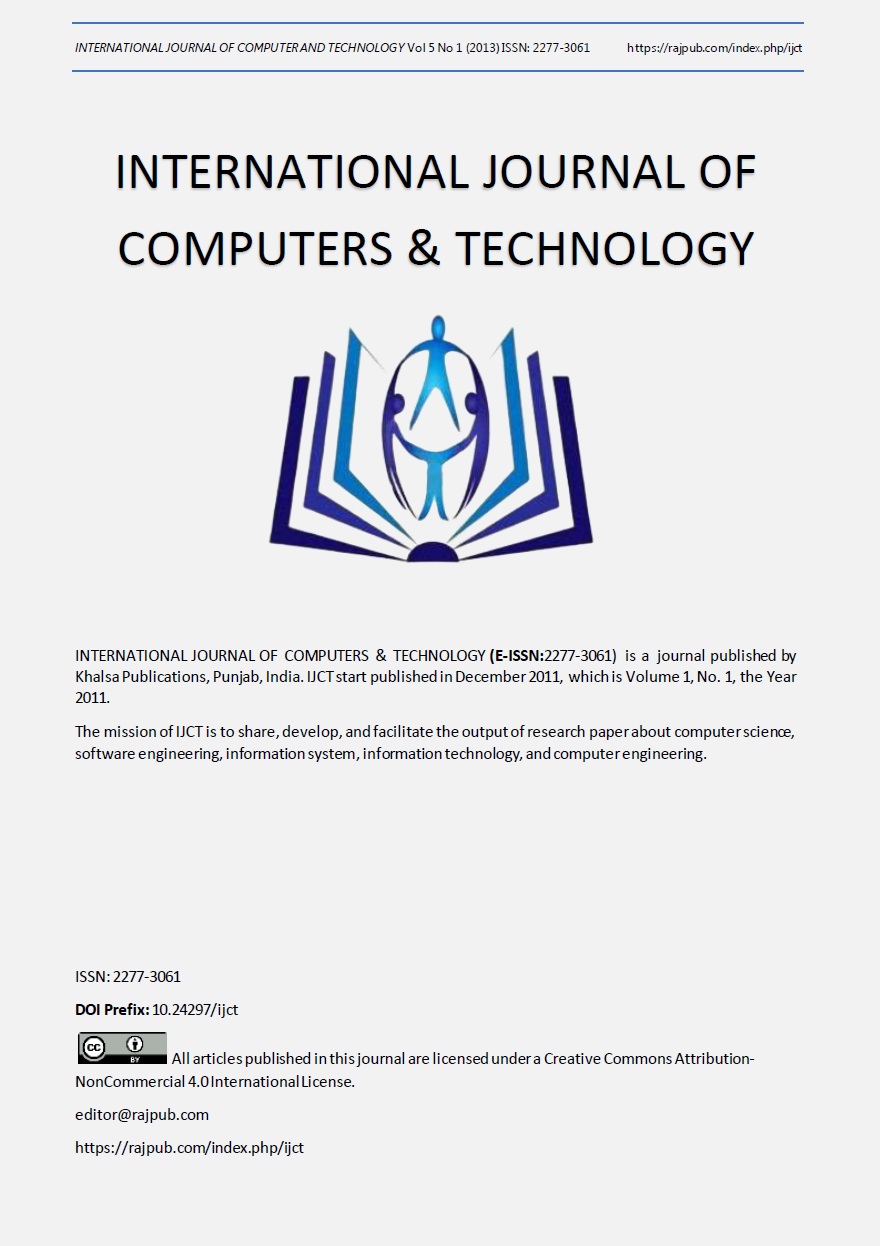Study on Non Functional Software Testing
DOI:
https://doi.org/10.24297/ijct.v4i1c.3115Abstract
Improving software quality involves reducing the quantity of defects within the final product and identifying the remaining defects as early as possible. It involves both its functionality and its non-functional characteristics, such as usability, flexibility, performance, interoperability and security. In fact, defects found earlier in the development lifecycle cost dramatically less to repair than those found later. However, engineers cannot address non-functional quality requirements such as reliability, security, performance and usability early in the lifecycle using the same tools and processes that they use after coding and at later phases. Approaches such as stress testing for reliability, measuring performance and gauging user response to determine usability are inherently post-integration techniques. Accordingly, defects found with these tools are more disruptive and costly to fix.
Nonetheless, there has been a lop-sided emphasis in the functionality of the software, even though the functionality is not useful or usable without the necessary non-functional characteristics.
This research highlights the sporadic industry acceptance of some popular methods for designing for non-functional requirements and suggests some practical approaches that are applicable for companies that also must consider the demands of schedule and cost.









